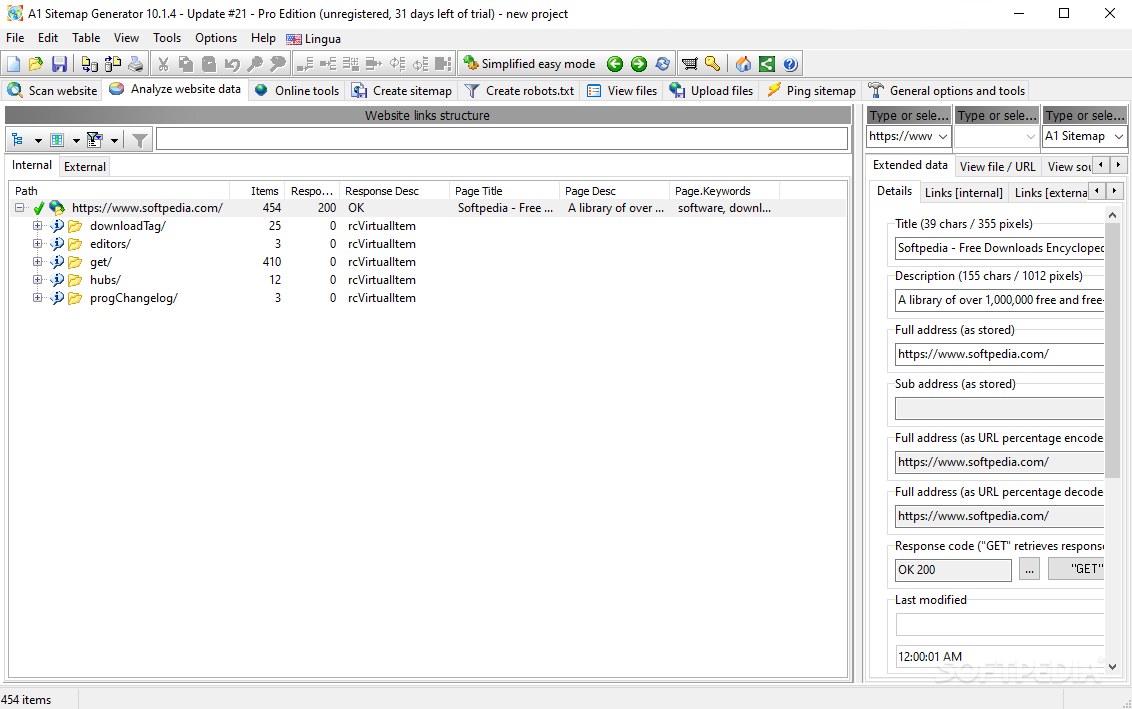

The module significant for this interaction consisted of 347 genes. This interaction effect on gene expression was of high interest in this study because it reflected changes in gene activities associated with acupuncture treatment over time, specifically in the disease group. the effect of acupuncture over time is conditional on or specific to the disease. The interaction between time and disease i.e. Interestingly, the disease has been shown to co-occur with RA.

Anxa11 has been associated with the inflammatory disease sarcoidosis, which is a chronic inflammatory disorder dominantly manifested in the lungs. It is expressed in APC and is associated with MHC Class II by contributing to the presentation of peptides loaded on the MHC. The gene Ifi30 is also called gamma-interferon-inducible lysosomal thiol reductase. This corresponds well with the module’s relation to the disease/condition status. MCH Class II has a strong association with the development of CIA in animal models of RA, where MCH Class II presents the immunodominant Collagen II 256-270 peptide to specific T cells which mediate the inflammatory response. Its encoded protein is predicted to be part of antigen processing and presentation of antigens via MHC Class II and positive regulation of the immune response. Listed in the rat genome database the gene LOC100909593 is a Major Histocompatibility Complex (MHC) Class II histocompatibility antigen, M alpha chain-like. The Unc93b1 gene encodes a protein placed in the endoplasmic reticulum and is connected to the control of trafficking toll-like receptor involved in autoimmune diseases. The molecular function part of the GO results suggested an increased activity in the transport through membranes by calcium gated channels, which correlates with the increased activity by the lysosome in various cellular components.
#Cnet a1 sitemap generator series
The GO results are consistent with the KEGG results, where the top pathway is lysosomal, which is an organelle in animal cells involved in degradation of macromolecules requiring a series of processes such as endocytosis, phagocytosis, and autophagy. In the cellular component part of the GO results, an activation in lysosome, endocytic vesicles and vacuoles was observed which was connected to several genes that have high significance and which could be possible hub-genes.

It is unknown if the presence of APC is due to collagen induction of arthritis or T cell activation initiating RA and involved in the joint destruction. The APC in the disease/condition pattern may come from the CIA process. In the gene cluster, antigen presenting cells (APC) were highly implicated in the biological process part of the GO-terms correlated with RA. Network-based analysis identified a gene cluster significantly associated with RA disease/condition status.


 0 kommentar(er)
0 kommentar(er)
